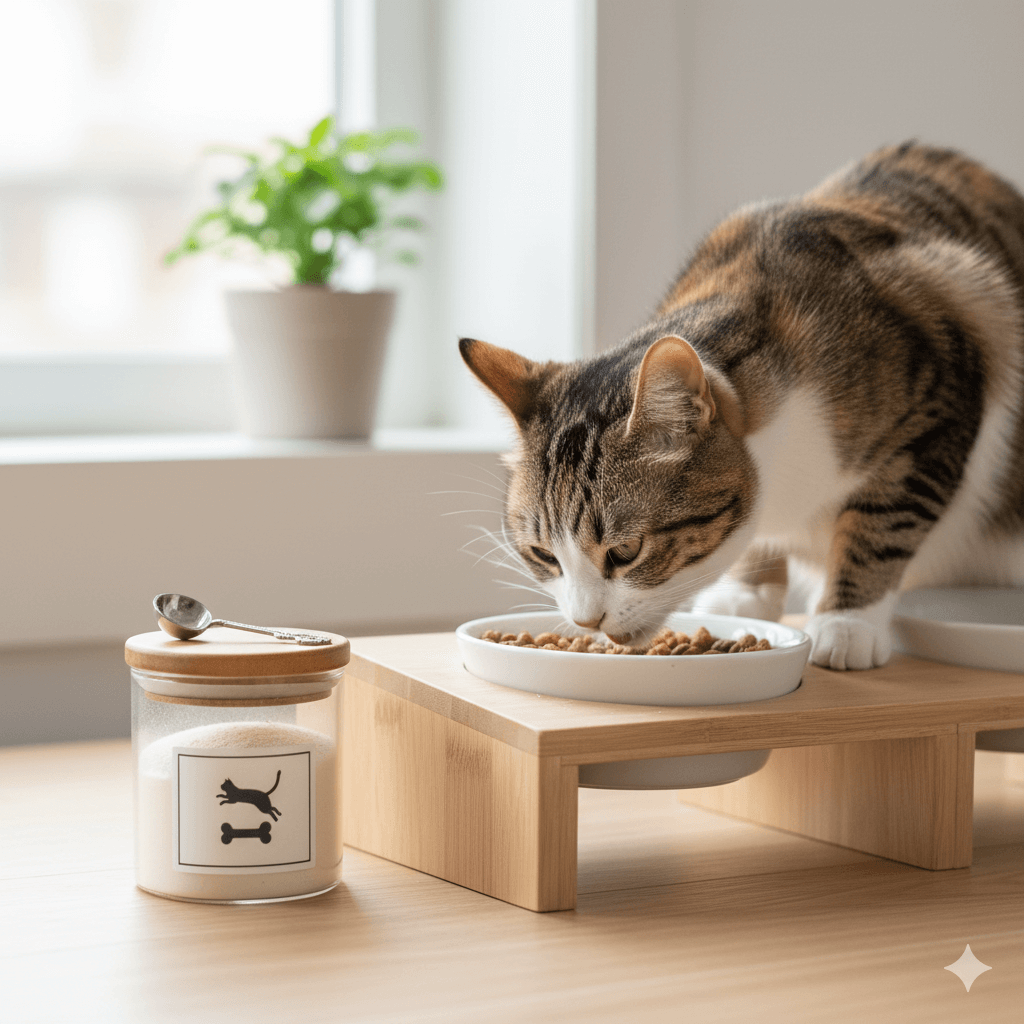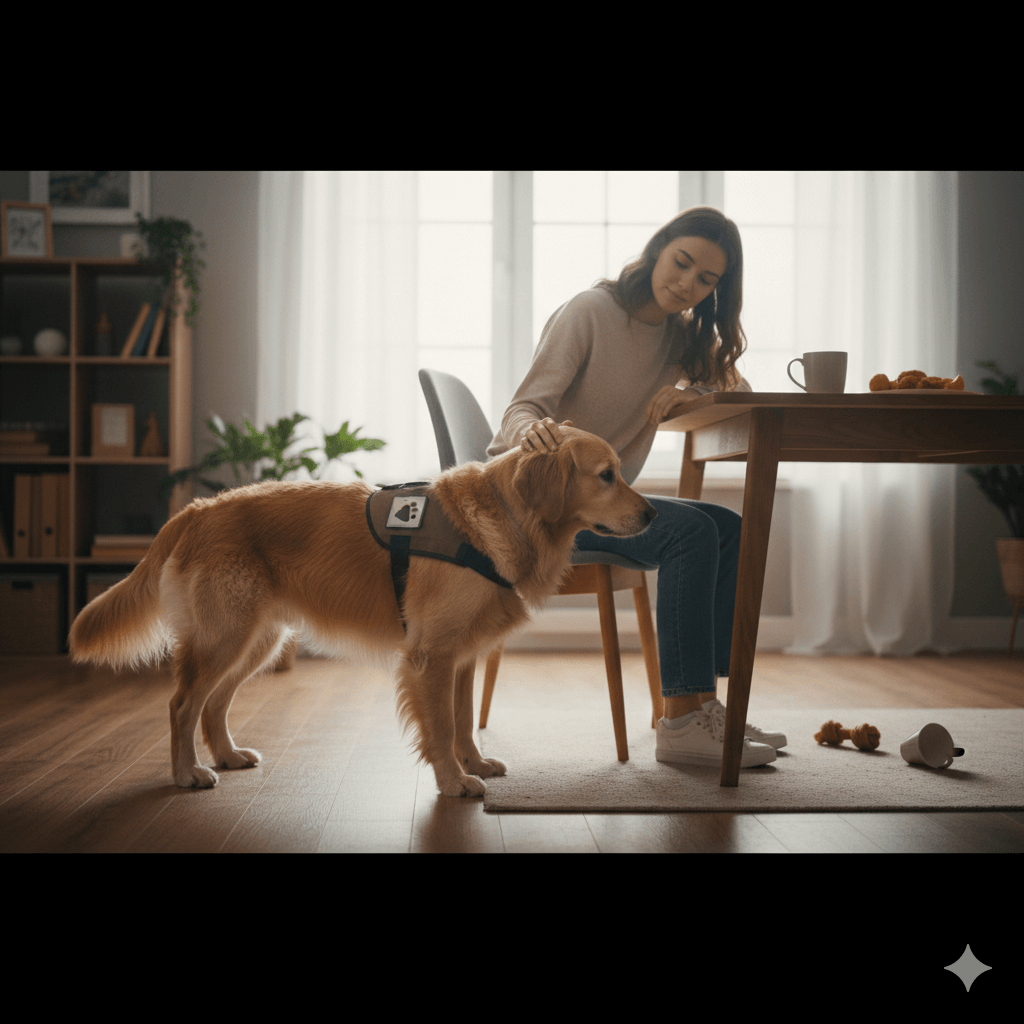My Dog Ate a Candy Cane: What Happened Next Will Surprise You!
It’s the holiday season, and what could be more festive than candy canes hanging from your Christmas tree? These sweet treats are a staple in many households during December. But what happens when your curious four-legged friend decides to take a bite—or devour an entire candy cane? This is exactly what happened to me recently, and let me tell you, it was equal parts hilarious, stressful, and eye-opening. If you’ve ever wondered whether candy canes are safe for dogs or how to handle such situations, this blog post has got you covered. Let’s dive into the story and explore everything you need to know about pets and candy canes.
Why Dogs Are Drawn to Candy Canes
Dogs are naturally curious creatures, and their sense of smell often leads them to investigate things they shouldn’t. Here’s why candy canes might catch their attention:
Candy canes have a strong, sweet scent that appeals to dogs’ heightened sense of smell.
The bright colors and shiny wrappers make them visually enticing to pets.
Sugar is addictive—even for dogs—and the sugary coating on candy canes can be irresistible.
Some dogs simply chew on anything they find lying around, regardless of what it is.
Holiday decorations, including candy canes, are often placed at dog-level, making them easy targets.
While it’s understandable why dogs might be attracted to candy canes, it’s important to recognize the potential risks involved. Knowing what makes these treats appealing can help you take steps to keep your furry friend safe during the holidays.
Potential Risks of Candy Canes for Dogs
Candy canes may seem harmless, but they can pose several dangers to your dog’s health. Here’s what you need to be aware of:
Candy canes contain sugar, which can lead to weight gain and dental issues if consumed in large quantities.
The artificial flavors and colors in candy canes can upset your dog’s stomach.
Hard candy poses a choking hazard, especially for smaller breeds or overly enthusiastic chewers.
Xylitol, a common sugar substitute found in some candy canes, is highly toxic to dogs and can cause severe reactions.
Broken pieces of candy canes can splinter and cause damage to your dog’s mouth or throat.
Understanding these risks is crucial for ensuring your pet stays healthy and happy during the festive season. Always supervise your dog around holiday treats and decorations to prevent accidents.
Check this guide 👉Can My Dog Eat Black Beans? Best 7 Health Tips!
Check this guide 👉Can Dogs Eat Sourdough Bread? Best 7 Health Tips!
Check this guide 👉Can Dogs Eat Lentils? Best 7 Health Tips!

Safe Alternatives for Dogs | Unsafe Foods to Avoid |
|---|---|
Plain cooked chicken | Chocolate |
Carrot sticks | Grapes |
Peanut butter (xylitol-free) | Onions |
Blueberries | Garlic |
Pumpkin puree | Alcohol |
Signs Your Dog May Be Unwell After Eating a Candy Cane
If your dog has eaten a candy cane, it’s essential to watch for signs of distress or illness. Here are some symptoms to look out for:
Excessive drooling or foaming at the mouth, indicating irritation or poisoning.
Vomiting or diarrhea, which could signal digestive upset.
Lethargy or weakness, suggesting a possible reaction to harmful ingredients.
Difficulty breathing, which may indicate an allergic reaction or blockage.
Pawing at the mouth, potentially caused by sharp edges or stuck fragments.
If you notice any of these symptoms, contact your veterinarian immediately. Early intervention can make all the difference in ensuring your dog recovers fully.
How to Prevent Future Incidents
Prevention is always better than cure when it comes to keeping your dog safe. Here are some proactive steps you can take:
Store candy canes and other sweets in secure, elevated locations away from your dog’s reach.
Use pet-proof wrappers or containers to minimize temptation.
Supervise your dog closely during holiday gatherings or parties.
Train your dog with commands like “leave it” to discourage unwanted behaviors.
Provide dog-safe treats as alternatives to redirect their focus.
By implementing these strategies, you can create a safer environment for your pet while still enjoying the festivities. Remember, a little preparation goes a long way in preventing accidents.
Understanding the Ingredients in Candy Canes
Candy canes are a festive treat, but their ingredients can vary widely. Knowing what’s inside these sugary sticks can help you determine whether they’re safe for your dog. Here’s a breakdown of common candy cane components:
Sugar is the primary ingredient and can lead to obesity or dental problems in dogs.
Corn syrup adds sweetness but offers no nutritional value and can upset your dog’s stomach.
Artificial flavors and colors may cause mild allergic reactions or digestive issues.
Peppermint oil is sometimes used for flavoring, which can irritate your dog’s digestive system in large amounts.
Xylitol, a sugar substitute, is highly toxic and should be avoided at all costs.
Understanding these ingredients highlights why candy canes aren’t ideal for dogs. Always check labels carefully before introducing any new food to your pet’s diet.
Safe Holiday Treats for Dogs
If you want to include your dog in the holiday cheer, there are plenty of safe and healthy alternatives to candy canes. These treats are not only delicious but also nutritious for your furry friend. Consider these options:
Plain pumpkin puree is rich in fiber and aids digestion when served in moderation.
Unsweetened applesauce makes a tasty and hydrating snack.
Frozen banana slices are a refreshing treat that most dogs love.
Carrot sticks are low-calorie and promote dental health by reducing plaque buildup.
Peanut butter (xylitol-free) can be spread on toys or licked straight from a spoon.
These alternatives allow your dog to enjoy the holiday spirit without compromising their health. Always introduce new foods gradually and in small portions.
Steps to Take if Your Dog Eats Something Harmful
Accidents happen, even with the best precautions in place. If your dog consumes something potentially harmful, like a candy cane with xylitol, acting quickly is crucial. Follow these steps to ensure your dog gets the care they need:
Stay calm and assess the situation to determine what and how much your dog ate.
Call your veterinarian or an animal poison control hotline for professional advice.
Do not induce vomiting unless instructed by a vet, as this can sometimes worsen the issue.
Keep a close eye on your dog for symptoms like vomiting, lethargy, or difficulty breathing.
Bring any packaging or remaining product to the vet for accurate diagnosis and treatment.
Knowing how to respond in an emergency can save your dog’s life. Preparation and quick action are key to keeping your pet safe during the holidays.
Frequently Asked Questions About Dogs and Candy Canes
Are candy canes toxic to dogs?
While traditional candy canes aren’t inherently toxic, certain ingredients like xylitol can be dangerous. Always check the label.
What should I do if my dog eats a candy cane?
Monitor your dog for any unusual behavior and consult your vet if necessary.
Can dogs eat peppermint-flavored items?
Peppermint itself isn’t toxic, but concentrated oils or synthetic additives can irritate your dog’s system.
Is it safe to give my dog sugar-free candy?
No, sugar-free candies often contain xylitol, which is extremely toxic to dogs.
How can I stop my dog from eating non-food items?
Training, supervision, and providing appropriate chew toys can help curb this behavior.
Final Thoughts: Keeping Your Dog Safe During the Holidays
The holiday season is a time for joy, celebration, and spending quality moments with loved ones—including our furry friends. However, it’s also a time when pets may encounter unfamiliar hazards, such as candy canes. By staying informed and taking preventive measures, you can ensure that your dog enjoys the festivities safely. Remember, a happy and healthy pup makes for a truly merry holiday season. So, keep those candy canes out of reach, stock up on dog-safe treats, and cherish every wagging tail moment with your beloved companion.
Understanding Bone Supplement for Cats: Best 7 Expert Tips! – Safe, vet-approved guidance for strong feline bones & balanced nutrition.
Bone Supplement for Dogs: Best 7 Expert Tips! – Expert guide to calcium, collagen & bone health for every life stage.
Understanding Can Cats Get Sunburn: Best 7 Expert Tips! – Protect your feline from UV damage with vet-backed prevention strategies.
How to Train a Seizure Alert Dog: Best 7 Expert Tips! – Learn expert-backed steps to nurture natural instincts into reliable, life-saving seizure alerts.





